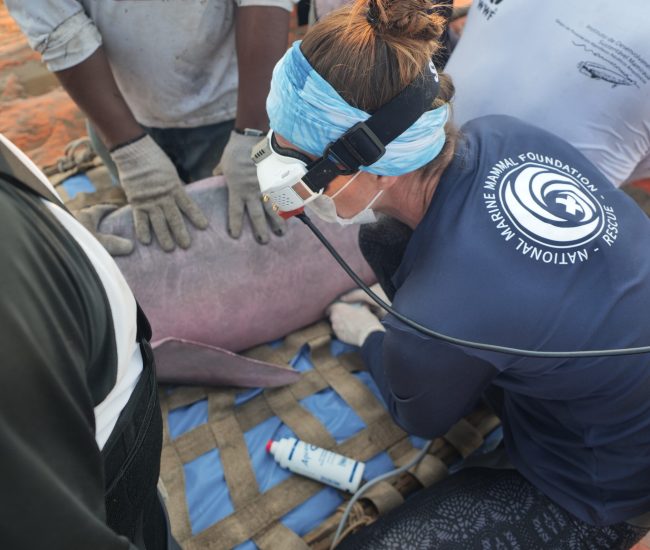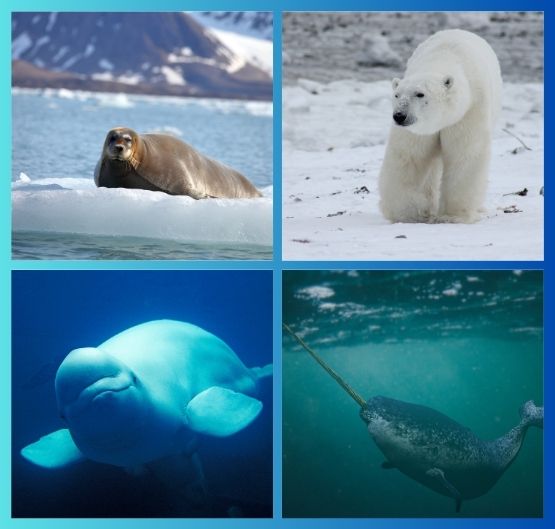Explore the Amazing World of Marine Mammals!
Uncover the remarkable qualities that allow marine mammals such as whales, dolphins, and sea lions to thrive in their aquatic environments! This overview highlights the fascinating intricacies of these animals and also underscores the importance of caring for and conserving marine mammals and their ecosystems.
What is a Marine Mammal?
Marine mammals are a specialized group of animals that have adapted to life in the ocean. They come in all shapes and sizes, from huge whales to small sea otters! Even though they belong to the class Mammalia, they’re not all closely related. They’ve adapted to life in the sea through a process called convergent evolution. However, they all rely on the ocean for food. Some, like whales and dolphins, spend their entire lives in the water, while others, like polar bears, seals, and otters, can live both on land and in the sea. What makes them marine mammals? Here are some common characteristics they all share:
Types of Marine Mammals
Ursidae
Examples: Polar Bears
Characteristics: Large, strong swimmers with thick fur, insulating fat, and webbed feet. These Arctic predators depend on sea ice for traveling, hunting, resting, mating and, in some areas, maternal dens. Polar bears are the only members of the Ursidae family (bears) considered marine mammals.
Examples of Marine Mammals
Marine mammals encompass a wide variety of species, ranging from the well-known to the critically endangered. Here are a few examples of these fascinating creatures. Some are commonly seen, while others are struggling for survival. The NMMF is actively involved in conservation efforts for several of these species. Read on to learn more about them and the vital work being done to protect their future.
Where Marine Mammals Live
Marine mammals are found in diverse habitats across the globe, from the polar ice caps to tropical seas. While many species prefer cool, temperate areas, some thrive in tropical waters, and a few even live in freshwater rivers. Some, like the vaquita porpoise, have very small ranges, while others travel thousands of miles each year during their migrations.
The NMMF is dedicated to conserving these populations through our global efforts. We focus on protecting and studying these unique animals and their habitats. Learn more about these species and what the NMMF is doing to help by visiting Operation GRACE: The Global Rescue of At-Risk Cetaceans and Ecosystems.
Careers in Marine Mammal Science













Are you a young explorer with a fascination for marine mammals? The ocean world is brimming with possibilities for you! Whether your interests lean toward biology, veterinary science, or environmental conservation, there’s an exciting journey ahead in the realm of marine mammals. Discover the myriad of ways you can start your adventure and become a protector of these incredible creatures. It all begins with your curiosity and passion for ocean conservation.
























